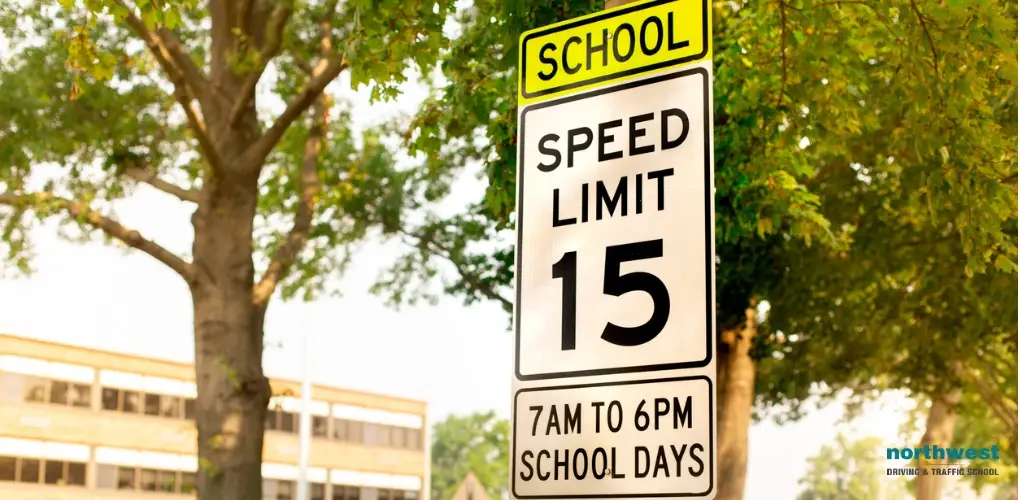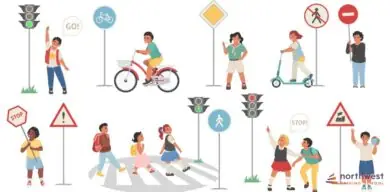- Traffic School
How To Drive Safely Near A School?

As children return to school, the traffic on the roads increases, stressed parents making the school run, school buses making sudden stops, and children milling around at the side of the road.
If you are a newly qualified driver, dealing with the sudden increase in school-based traffic can be quite intimidating, especially if you have recently qualified for your license and have had to deal with the school rush before. To help you out, here are a few tips on how to drive safely near a school.
Read More: Learn How To Drive Safely In Nevada With Our Driving Tips
Back To School
So, how do you make sure that you drive safely near schools? Well, the reality is that you already have the necessary skills. Your driving lessons will have taught you that safe speed and hazard perception are the keys to safe driving, and with an influx of school children back on the roads, keeping your speed low and your eyes peeled is more essential than ever.
● Stay aware of what is happening around you; the more awareness you have of potential hazards, the less likely you are to present a hazard to others. Look for school signs and signals that indicate that you are approaching a school, school bus stop, or crossing frequently used by children. Slow down as much as possible when you approach these areas, and always be on the lookout for children.
● You should also keep an eye out for school crossing patrols. You are legally obliged to obey any signals given to you by a crossing guard. Where the crossing location is particularly dangerous, such as around a blind corner, most states will have a sign and two alternating flashing amber lights to give advance warning of the crossing point.
● Never attempt to overtake another vehicle when you’re approaching a school crossing. Even if it seems clear, a child or crossing guard could step out anytime.
● You should always stay within the speed limits, regardless of where you are, but it is important to remember that speed limits aren’t a target to aim for; they represent the maximum speed allowed under the best conditions.
Even if the speed limit around schools is 30 mph, it may still be wholly inappropriate to be driving that quickly. Remember that the road will most likely become congested with slow-moving traffic, particularly if parents have stopped to allow children to get out.
Adjust your speed to match the conditions of the driving environment, not the maximum possible speed available.
● Not all students will be arriving at school on foot or in their parents’ cars; many schoolchildren catch the school bus. This means you must be extra careful when driving near a school bus.
If your drive takes you past a stationary school bus, remember that children or, in fact, anyone might step out into the road from behind them. When approaching a stationary school bus, keep your speed low and look for visual indications of a hazard, such as groups of children on the pavement ahead of you. Being aware of potential hazards will allow you to react quickly if a child suddenly steps out onto the road, and a low speed will give you the time you need to avoid that hazard safely.
Learn Safe School-Zone Driving with NWDS
Navigating school zones can test the patience and skill of new drivers. That’s where Northwest Driving School offers tailored driving and traffic classes in Las Vegas. Our highly skilled instructors, who have undergone extensive background checks, are absolutely dedicated to imparting the essential as well as advanced principles of safe driving around schools.
Our in-person and behind the wheel classes are designed to be engaging and informative, ensuring you’re equipped to drive safely in any situation, especially in school zones. We’re proud to say that 98% of our students pass their driving test on their first attempt, a testament to our commitment to quality education. Ready to master safe driving near schools? Call us at (702) 403-1592 and let our expert instructors guide you to success.


